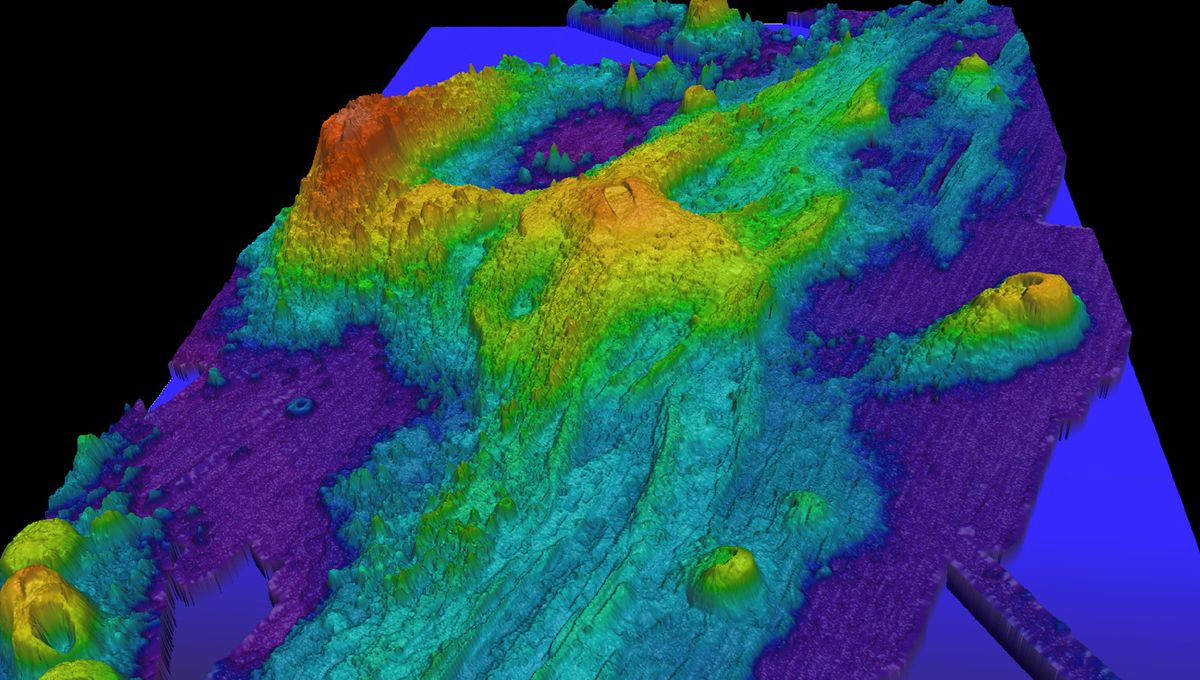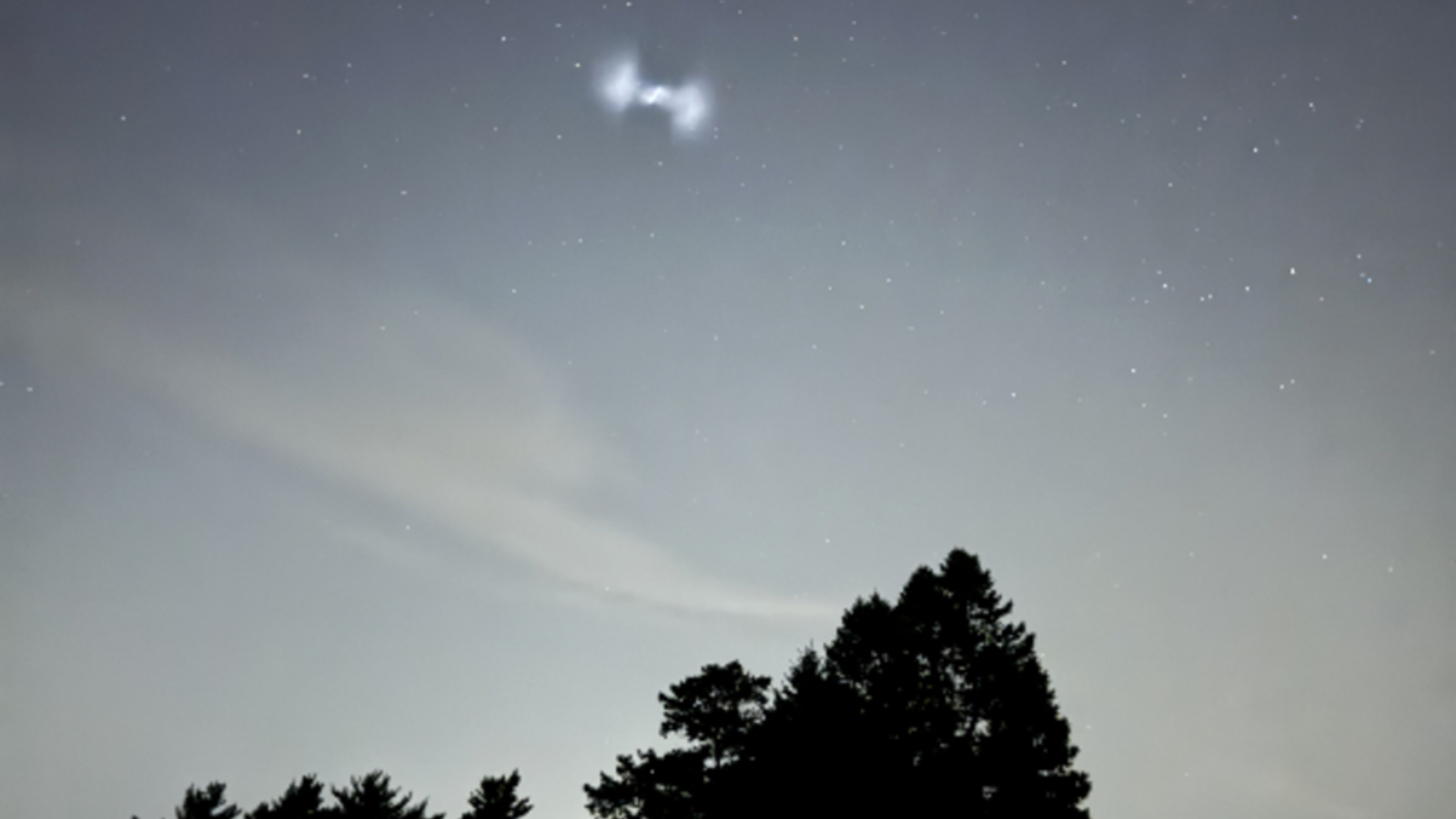Red Sea's Deadly Brine Pools: Nature's Secrets Could Change Our Understanding of Life!

Did you know that the Red Sea is home to massive brine pools that function as lethal traps for marine life? These underwater death zones are not just fascinating; they might also hold the key to understanding our planet’s history and possibly life beyond Earth!
In a groundbreaking exploration, scientists have discovered these chilling yet captivating pockets of hypersaline, oxygen-deprived water lying thousands of feet below the surface. While they are deadly to any unsuspecting creature that wanders in, these environments provide researchers with invaluable insights into Earth’s past and clues about the possibilities of life on distant planets. Published in Nature Communications, this study reveals how extreme environments like these mirror some of the most hostile conditions found on watery worlds across the universe.
Unveiling the Abyss: A Deep-Sea Horror
The brine pools at the bottom of the Red Sea represent some of the most extreme environments ever documented on our planet. These underwater traps are lethal to most marine creatures, leaving them immobilized or dead in the dense, salt-heavy waters. As Professor Sam Purkis from the University of Miami points out, “Our current understanding is that life originated on Earth in the deep sea, almost certainly in anoxic—without oxygen—conditions.” These harsh conditions resemble those that may have nurtured the earliest microbial life billions of years ago, creating a pristine research location to study the origins of life.
But it gets even more intriguing! The brine pools are not only bizarre; they also sustain a unique predator-prey dynamic. Larger predators, such as deep-sea fish, have evolved to wait at the edges of these pools, ready to ambush unsuspecting prey that has been stunned by the saltwater’s lack of oxygen. This deadly dance in the ocean depths serves as a reminder of just how alien these ecosystems can be.
Microbial staining indicates that the main pool is nourished by brine released from the eastern margin of the Gulf of Aqaba. This microbial community thrives in a niche defined by hypersaline brine mixing with oxygenated marine waters. The pools harbor organisms like shrimps that scavenge on stunned or dead animals, showcasing the brutal reality of survival in such extreme habitats.
Ancient Ecosystems: A Glimpse Into Earth’s Origins
Despite their deadly nature, these brine pools act as a time capsule into our planet’s distant past. The anoxic conditions within could unlock secrets about the environments early life forms faced in Earth’s primordial oceans. Purkis emphasizes, “Studying this community hence allows a glimpse into the sort of conditions where life first appeared on our planet, which might guide the search for life on other ‘water worlds’ in our solar system and beyond.”
These environments are more than just traps; they preserve ancient ecosystems that offer a rare insight into the dawn of life on Earth. Unlike typical ocean floors, where animals disturb sediment, in these brine pools, layers remain undisturbed, allowing scientists to study them and learn how early microorganisms thrived in an oxygen-less world.
Brine Pools: A Potential Model for Life Beyond Earth
One of the most thrilling aspects of this discovery is its implications for the search for extraterrestrial life. The conditions within the Red Sea’s brine pools are strikingly similar to those believed to exist on several icy moons in our solar system, such as Jupiter’s Europa and Saturn’s Enceladus. These moons are thought to harbor subsurface oceans with environments potentially conducive to life.
Hypersaline, oxygen-poor conditions in these distant locations could be essential in the ongoing quest for microbial life beyond our planet. The research into these brine pools may help scientists develop models for extraterrestrial environments that could sustain life, mirroring the conditions we find in the depths of the Red Sea.
Why These Death Pools Could Hold the Key to Our Past and Future
While the brine pools may seem inhospitable, they are a treasure trove of invaluable scientific data about extreme environments. They preserve ancient ecosystems that might resemble the earliest stages of life on Earth, making them crucial for researchers. As exploration continues in the mysterious depths of the Red Sea, scientists are poised to uncover more secrets about the origins of life, both on Earth and beyond.
Additionally, these pools highlight life’s incredible adaptability to extreme conditions. By studying the unique organisms that thrive in these brine pools, scientists could gain insights into life’s resilience and its potential to survive on other planets.
























